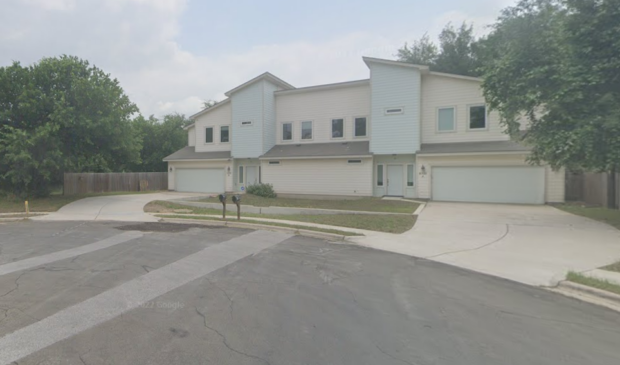Planning Commission rethinks ‘stealth dorm’ occupancy limits
Thursday, May 11, 2023 by
Jonathan Lee In 2014, City Council passed the so-called “stealth dorm” ordinance, which lowered occupancy limits to prevent large groups of students from living together in single-family homes. On Tuesday, the Planning Commission voted unanimously to reconsider occupancy limits in hopes of making group living easier.
The ordinance “unfortunately makes certain forms of housing illegal and makes roommate situations much more difficult,” Commissioner Greg Anderson said. “This is just a good opportunity to go ahead and correct that error and be on our way.”
Since the stealth dorm ordinance passed, no more than four unrelated adults are allowed to live in newly built single-family homes (six unrelated adults can live together in older homes).
An initial motion by Commissioner Felicity Maxwell aimed to delete the section of city code around occupancy limits for unrelated adults. But due to concerns from some members about unintended consequences, the commission voted instead to reconsider the limits so that they stay “consistent across the city, improve health and safety standards, increase housing affordability … and comply with Austin Fair Housing regulations.”
Commissioner Adam Haynes, who made the alternative motion, said that scrapping the entire section goes too far.
“There are a lot of reasons that we have dwelling occupancy restrictions. That’s to protect folks in a lot of different situations,” Haynes said.
Once city staffers provide input, the commission will have another chance to discuss before Council votes to adopt the proposal. No matter what the commission and City Council ultimately do, occupancy limits in the International Property Maintenance Code and in Federal Housing Administration guidelines would still apply.
“I think it’s important to note that there’s still that safety net there, that we’re not creating conditions of overcrowding,” Commissioner Alice Woods said.
Several people spoke in favor of the proposal, including Ryan Nill, who consults on cooperative housing and businesses. Nill said the move would enable more group living arrangements, such as co-ops, in more places in the city and allow people, especially students, to live more affordably.
“Cooperative housing in Austin costs 50 to 70 percent of comparable housing,” Nill said, mainly due to shared facilities like kitchens and laundry rooms.
While co-ops are allowed in the zoning code under the group residential category, group residential is only allowed under more intense multifamily or mixed-use zoning.
“Those sites are very large, very expensive, and often beyond the means of the cooperative housing community,” Nill said.
With the change, co-ops could operate in any zoning category without needing a group residential designation.
Nill said co-op living also provides a unique sense of community, which he said is especially important for young people.
“Moving into a co-op is how I resolved the issues that I had with loneliness. So it was really important to my life, and other students face these challenges too,” he said.
The Austin Monitor’s work is made possible by donations from the community. Though our reporting covers donors from time to time, we are careful to keep business and editorial efforts separate while maintaining transparency. A complete list of donors is available here, and our code of ethics is explained here.
You're a community leader
And we’re honored you look to us for serious, in-depth news. You know a strong community needs local and dedicated watchdog reporting. We’re here for you and that won’t change. Now will you take the powerful next step and support our nonprofit news organization?




